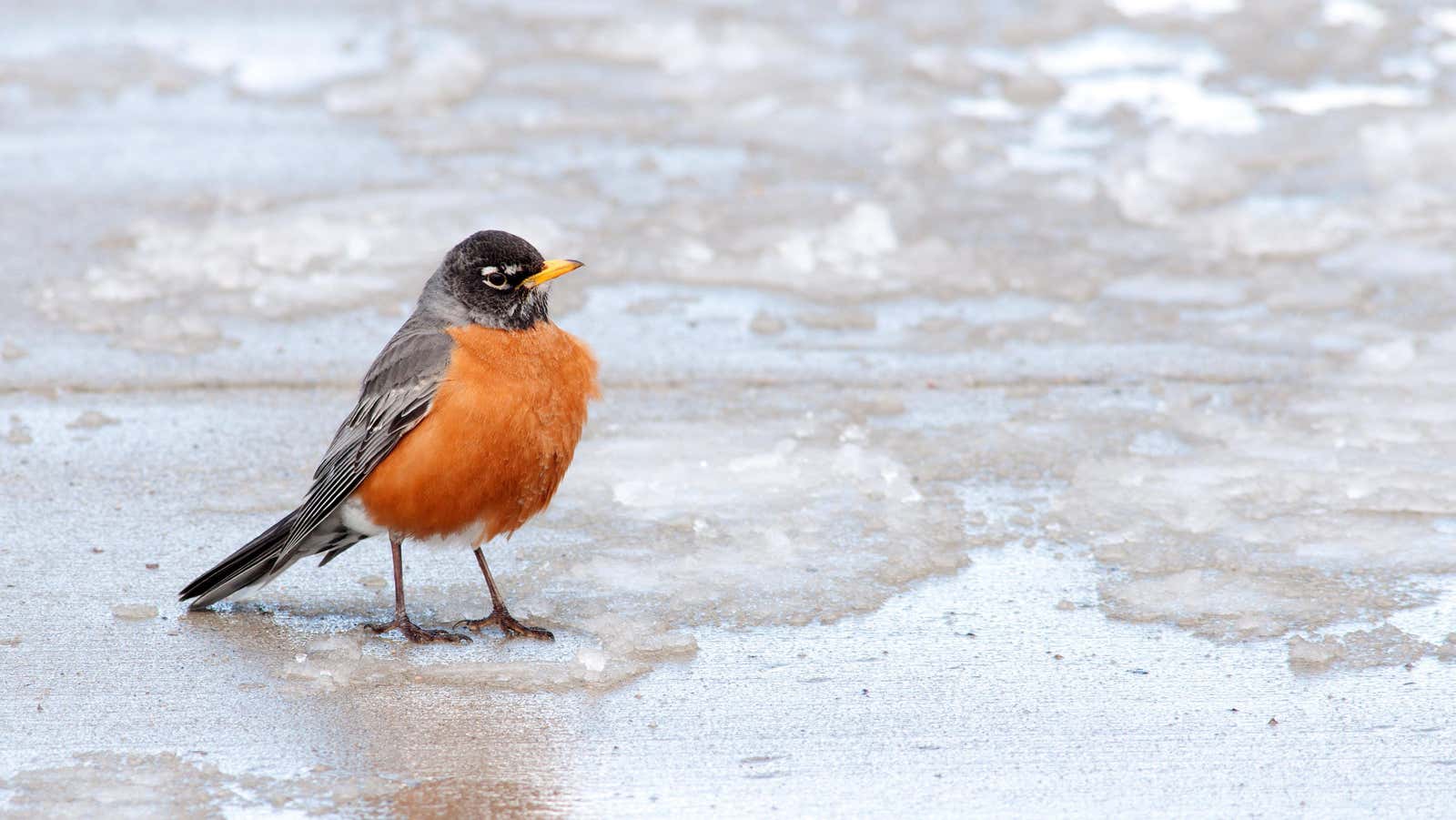How to Melt Ice Without Salt

After any winter storm, there comes a time to crawl out from under the covers and head outside to take care of the sidewalks and/or driveway. Clearing the snow is one part of the job, but once the remaining snow starts to melt as the sun comes out during the day and then refreezes as temperatures drop at night, you may find your paths very slippery.
If you don’t have rock salt or ice melting solvent on hand, or don’t want to use them, there are other options to help melt the icy pavement. Here are a few to consider.
Rubbing alcohol, dish soap and hot water
Ice doesn’t melt? No problem. This do-it -yourself solution is not only simple and effective, but also made from things you probably already have at home. Here’s what to do:
- Fill the bucket with half a liter of hot water.
- Add about six drops of dish soap and ¼ cup of rubbing alcohol.
- Pour the mixture onto the sidewalk or driveway and watch the snow and ice bubble and melt.
- Take a shovel and scrape off any remaining pieces of ice.
Coffee grounds
We are big advocates of reusing coffee grounds instead of throwing them away , and this is another example. This is because coffee grounds contain nitrogen, which helps lower the melting point of ice. They also have a secondary function: because coffee grounds are dark in color, they absorb more sunlight than lighter-colored materials such as snow, ice, and rock salt, which can help speed up the melting process.
Fertilizer
If you have any fertilizer left over from this year’s gardening season, you can try using it to melt the ice in your driveway. The key here is to read the label and keep an eye on the three key ingredients: ammonium sulfate, potassium chloride, and urea. This is because, like rock salt, these compounds lower the melting point of ice. But, unlike rock salt, it won’t damage your driveway or yard.
Sand
While sand doesn’t actually melt ice, it does provide pedestrians and vehicles with the traction they need on slippery roads. In addition, the layer of sand helps reduce the chance of more water freezing on the surface, creating more ice. This is partly because, like coffee grounds, sand absorbs more sunlight (and, in turn, heat), raising the temperature on the sidewalk or driveway.